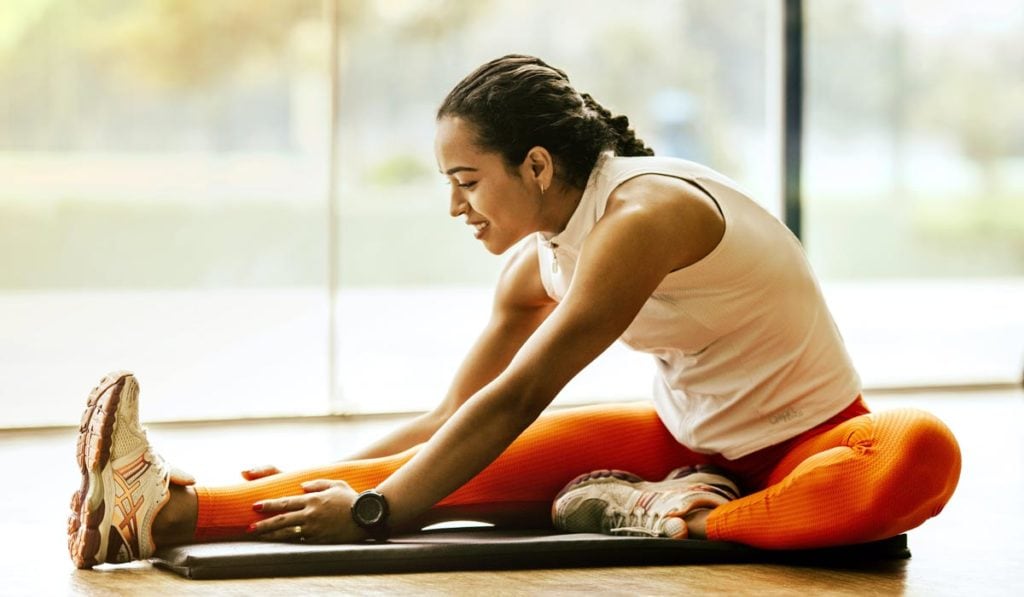
Carb Loading for Maximum Performance
Whether you’re a professional athlete or just stay active for fun, adjusting your diet can help improve how you feel and perform during physical activity. Carb loading is one of the most well-known methods for doing this. But what is carb loading? How do you do it? And what types of foods should you avoid? Let’s take a closer look at this delicious strategy to help you do it correctly.
What is carb loading?

Carb loading is a popular nutritional strategy athletes use to boost their physical performance by increasing the number of carbs stored in their muscles. To carb load properly, you must eat a high-carbohydrate diet while simultaneously reducing your physical activity during the few days before a competitive event.
What are the benefits of carb loading?

Carbs are a vital energy source for your body during physical activity. As you consume carbs, your body stores glycogen in your muscles and liver, and those stored carbs become fuel when you exercise. If you don’t have enough glycogen stored in your body, you’ll feel highly fatigued while exercising, and your performance will ultimately suffer.
Carb loading (eating more carbs than usual while decreasing your physical activity) increases your regular stores of glycogen, giving you extra energy to fuel your exercise and reducing overall fatigue. People typically apply this strategy right before a big race or competitive event.
Although carb loading can be very effective for athletes, research indicates it’s best for certain types of exercise known to significantly deplete stores of glycogen in your muscles, such as long-distance running or cycling events lasting more than 90 minutes.1,2 It’s not as effective for other exercises requiring short bursts of energy, like weight training.
Unfortunately, that means you can’t always use an upcoming race or event as an excuse to binge on carbs. (Sorry to disappoint!)
It’s also important to note that other factors can influence your athletic performance or interfere with the effectiveness of your carb loading program, such as:
- Your overall fitness
- The intensity of your exercise
- Your hydration levels
All that to say, carb loading isn’t a guarantee that you won’t feel muscle fatigue after a competitive event or a hard workout.
Types of carb loading plans

Although carb loading always involves increasing the number of carbs you consume and decreasing your physical activity, nutritional experts have developed different types of carb loading plans for athletes to follow in the days leading up to a competitive event. A few examples include:
1-Day Carb Loading Plan
For this program, you take a rest day (no physical exercise!) and eat about 4.5 grams per pound (10 grams per kg) of your body weight.3
3-Day Carb Loading Plan
This strategy involves completing a very strenuous exercise session on day one of the plans. For the remainder of the three days, you consume a diet of about 70% carbs without exercising.
6-Day Carb Loading Plan
This method includes eating a diet that’s moderately high in carbs (about 50% carbs) followed by three days of a high-carb diet (about 70% carbs). During the six days of this plan, you also gradually reduce the amount of exercise you perform. On days four to six, you only exercise for a maximum of 20 minutes per day.
What are the most common carb loading mistakes?

Before beginning any of the carb loading plans listed above, avoid these common mistakes.
Carb loading for the wrong types of exercise
Many athletes use the carb loading strategy when they don’t need to, which may result in them consuming more calories than their bodies need. The key is to only carb load if you’re preparing for an endurance event that requires 90 minutes (or more) of sustained physical activity.
Eating foods that are also high in fat and fiber
Choosing foods that are also high in fat or fiber (instead of just carbs) can lead to unnecessary weight gain and feelings of sluggishness or digestive discomfort. Keeping a close eye on nutritional labels can help you make healthy high-carb choices without suffering any unintentional side effects. Also, avoid introducing any new foods into your diet while carb loading. Doing so could cause digestive issues that affect your performance.
Eating the wrong amount of carbs
The amount of carbs you need depends on your total calorie goal and your sport. Nutritional experts usually recommend eating about 2.3–5.5 grams of carbs per pound of body weight per day.4 Any less than that, and you may not notice any performance improvement. Any more, and you risk eating too many calories.
Not tapering your exercise enough
If you exercise too much while carb loading, you might accidentally use up a lot of that stored glycogen you’re trying to increase, ultimately eliminating any benefit of a carb loading plan.
How do you carb load before a race?

The following steps will help you carb load correctly before an event or race:
- Decide if you actually need to carb load. Carb loading is probably a good idea if your event is a long-distance endurance activity requiring more than 90 minutes of intense physical exercise. Otherwise, you likely don’t need to do it.
- Choose a carb loading plan. Decide how many days you want to carb load and what each day will look like nutritionally. Following a pre-established carb loading program for athletes is the easiest way to do this. However, if you’re working with a trainer or nutritional coach, they can help you create an individualized plan.
- Calculate your ideal daily carb intake. Decide how many carbs you need each day. This will depend on your overall calorie goals, the type of physical activity you’ll be doing, and the specific carb loading program you’re completing (1-day, 3-day, 6-day, etc.)
- Choose your carbs wisely. Make a list of all the low-fat, low-fiber carb-rich foods you want to include in your carb loading plan. Focus on familiar foods that your body is already accustomed to. Now is not a good time to introduce new foods!
What are the best foods for carb loading?

Wondering what you should include in your high-carb diet during the few days before an event?
Some of the best foods for carb loading include:
- Whole grains like brown rice, quinoa, steel-cut oats, or whole-grain, low-fiber cereals
- Sweet potatoes
- Fruit (especially bananas, tart cherries, oranges, and watermelon)
- Beets
- Tea with a hint of honey and milk
- Skinned white potatoes
- Applesauce
- Noodles
While carb loading, don’t forget to pair these healthy options with protein sources, which your muscles also need! Good choices include lean cuts of poultry, fish, and fat-free dairy.
Some of the worst foods for carb loading include:
- Desserts like cookies, brownies, or ice cream
- Pasta with creamy sauce
- Pastries
- Muffins
- Pizza
- French fries
- Chips
Avoid binging on these foods before a race! They’ll make you feel sluggish and can cause digestive problems and weight gain.
Are there any potential risks of carb loading?

Like any strict diet plan, there are a few risks to consider:
- Digestive discomfort: Healthy carb options like beans, lentils, and broccoli may be too high in fiber to be an ideal carb loading food, so you might need to limit them a few days before your event.
- Changes in blood sugar levels: Carb loading can affect your blood sugar levels. If you have diabetes, you should work with your doctor before and during carb loading to make sure your diet is safe and effective.
It’s a good idea to talk with your doctor or a registered dietician before starting any carb loading plan. They can help you determine the right amount of carbs based on your goals, body weight, and any physical conditions you might have.
Key Takeaways:
Carb loading can effectively boost your performance and energy during a competitive race or event. However, it’s essential to do it right to reap the benefits without any unwanted side effects. For best results, make sure you choose the proper foods and follow a carb loading diet that suits your overall goals and needs.Sources:
- Sullo, A., Monda, M., Meninno, V., Papa, A., Lombardi, P., & Fabbri, B. (1998, September). The effect of a carbohydrate loading on running performance during a 25-km treadmill time trial by level of aerobic capacity in athletes. European Review for Medical and Pharmacological Sciences. https://pubmed.ncbi.nlm.nih.gov/10710819/
- Academy of Nutrition and Dietetics, & Solga, C. (2019, May 6). Basics of Carbohydrate Loading for Sports Performance. eatright.org. Retrieved September 10, 2022, from https://www.eatright.org/fitness/sports-and-performance/fueling-your-workout/basics-of-carbohydrate-loading-for-sports-performance
- Bussau, V., Fairchild, T., Rao, A., Steele, P., & Fournier, P. (2002, July 1). Carbohydrate loading in human muscle: an improved 1 day protocol. European Journal of Applied Physiology, 87(3), 290–295. https://doi.org/10.1007/s00421-002-0621-5
- Jeukendrup, A. E. (2011, January). Nutrition for endurance sports: Marathon, triathlon, and road cycling. Journal of Sports Sciences, 29(sup1), S91–S99. https://doi.org/10.1080/02640414.2011.610348








